Siem Reap Province: The rich history, culture, and attractions
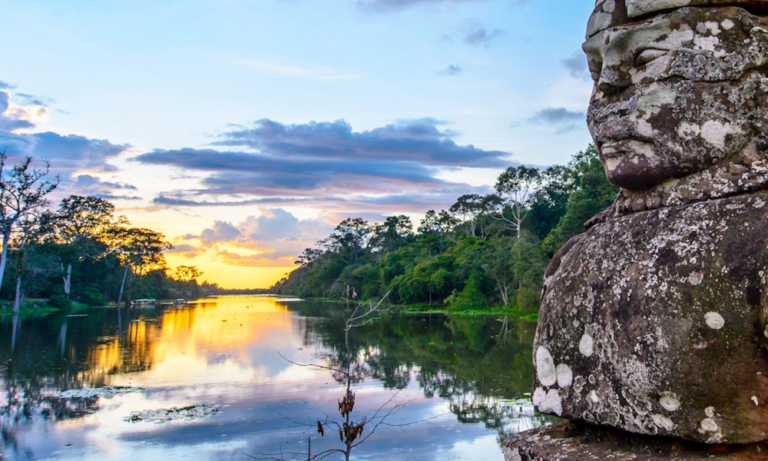
Siem Reap Province, renowned for hosting the iconic Angkor Wat Temples, draws millions of tourists annually and is situated in the northwest region of Cambodia. While many visitors head straight to Siem Reap city, the province’s other natural and cultural attractions often go unnoticed.
General Information of Siem Reap
Siem Reap province is situated in the northwest region of Cambodia and serves as the primary tourist destination in the country, being the nearest city to the renowned Angkor temples, which lie to the north. The capital of the province, also named Siem Reap, is located in the southern part of the province along the shores of Tonle Sap Lake, the largest freshwater lake in Southeast Asia. The city’s name translates to “Siamese defeated,” a nod to the Khmer Empire’s victory over the Thai kingdom in the 17th century.
At the dawn of the 21st century, Siem Reap was a modest provincial town with limited amenities, poorly paved roads, and minimal nightlife. The tourism sector primarily attracted adventurous backpackers willing to navigate the challenging route from the Thai border in the back of local pick-up trucks. There were a few large hotels and a small number of budget guesthouses, while tuk-tuks and taxis were absent, making the moto-taxi the preferred mode of transport for exploring the Angkor temples.
The proximity of the Angkor ruins transformed Siem Reap into a bustling boomtown in just a few years. Luxurious hotels began to appear everywhere, and budget accommodations flourished. Property prices skyrocketed to levels comparable to those in Europe, and tourism evolved into a thriving, profitable industry. The Siem Reap of today is almost unrecognizable compared to what it was in 2000.
While some of the town’s original rustic charm may have faded, the recent developments have provided livelihoods, if not substantial wealth, for many residents. However, this growth has come at a cost to the less fortunate, who now face inflated prices at local markets and continue to rely on low-paying subsistence farming and fishing. If Cambodia is a land of contrasts, Siem Reap perfectly illustrates this duality. Despite the dramatic changes in its economic landscape, Siem Reap remains a safe, welcoming, and enjoyable place to visit.
Geography Of Siem Reap
Siem Reap province spans an area of 10,299 square kilometers and is one of the most renowned regions in Cambodia. Situated in the northwest of the country, it shares borders with Oddor Meanchey to the north, Preah Vihear and Kampong Thom to the east, Banteay Meanchey to the west, and the south, it is adjacent to the expansive Tonle Sap Lake, the largest freshwater reserve in Southeast Asia.
Overall, the province, particularly in its southern region, features the typical wet plains of Cambodia, filled with numerous rice fields and various crops. In contrast, the northern part transitions into a more undulating landscape adorned with lush, deeper forests. A notable feature of Siem Reap Province is the smaller yet significant Siem Reap River, which originates from Phnom Kulen, winds through the northern area and ultimately flows into Tonle Sap Lake.
Population and Climate
The population of this province stands at approximately 903,030 individuals, representing 6.3% of Cambodia’s total population of 14,363,519 (as per 2007 provincial government statistics). This includes 440,395 males and 462,635 females, resulting in a population density of 87.7 people per square kilometer.
Cambodia enjoys a tropical climate characterized by warmth and humidity. The monsoon season brings plentiful rainfall, supporting the growth of a diverse range of crops. This consistent tropical weather makes Cambodia a prime location for tourism. Visitors can rest easy knowing that the country is not prone to natural disasters like volcanic eruptions or earthquakes, and it is largely shielded from tropical storms.
Travelers can explore Cambodia year-round, but those planning extensive road trips should be cautious during the last two months of the rainy season, as some rural roads may become difficult to navigate. The average temperature hovers around 27 degrees Celsius, with a minimum of about 16 degrees. December and January are the coolest months, while April tends to be the hottest. Here’s a brief overview of the provincial climate:
– Cool season: November to March (23-29°C)
– Hot season: March to May (27-37°C)
– Rainy season: May to October (24-33°C, with humidity reaching up to 90%).
Economy
Siem Reap Province primarily thrives on foreign tourism, largely thanks to the renowned Angkor Temples. Since 2000, the region has experienced impressive economic growth, often reaching double digits. Various sectors, including hotels, restaurants, bars, entertainment venues, and transportation, benefit from the steady stream of tourists, which exceeded 1 million in 2007.
Beyond tourism, the provincial economy has also seen growth through a robust fishery sector. Each year, thousands of tons of fish are exported both domestically and internationally. While farming and fruit cultivation have become less lucrative, they remain important for the many rural residents who rely on these activities, even though they contribute less to the overall provincial revenue.
Transportation in Siem Reap
Most travelers heading to Siem Reap typically fly in from Phnom Penh or Bangkok. There are also consistent flights available from Singapore, Ho Chi Minh City, and Vientiane. Visitors can obtain visas upon arrival at both Siem Reap and Phnom Penh airports. Additionally, boats and buses/vans operate from Phnom Penh to Siem Reap. Some adventurous travelers choose to enter Siem Reap overland from Thailand through the Aranyaprathet/Poipet border crossing.
Siem Reap International Airport
Airport Departure and Arrival Tax: Domestic: US$6. International: US$25. Angkor International Airport (SAI) is located in the South Nikom district of Siem Reap province. It’s about 45 kilometers east of downtown Siem Reap and 40 kilometers from Angkor Wat. A ticket booth for registered taxis is available outside the terminal, while independent taxis and motorcycles are also waiting nearby. The fares are the same for both options: motorcycles cost $10, and cars range from $15 to $25 to reach the city. Many hotels provide complimentary airport transfers, but it’s essential to inform them of your arrival in advance.
Taxi, Bus or Vans
Numerous bus companies, including Giant Ibis, Mekong Express, PSD Xpress, Sorya Bus, Neak Krohorm, Thero Express (15-seat), Larryta, KSO, Virak Buntham, and Cambodia Post VIP Van, provide transportation services to Siem Reap. These companies operate modern, air-conditioned buses and vans, with departures scheduled every 15 minutes to one hour from 6 AM to midnight. The fares are quite reasonable, and online bus tickets can be purchased in advance.
Siem Reap Ferry Dock
The ferry service to Siem Reap docks at Chong Khneas, located 12km south of the city. Tickets start at $35. There is always transportation available at the dock, with moto taxis charging around $2-$3 and cars costing $6-$7 for the 20-30 minute journey into town.
Check available flight below:
Things to see & Do in Siem Reap
Where to Stay in Siem Reap (Suggestion)
Check available Hotel below:
Siem Reap Tour Packages
Siem Reap Temple Highlights – 2 Day Tour
Explore Siem Reap’s iconic temples on this immersive 2-day tour. With a local, English-speaking guide, discover the grandeur of Angkor Wat, the ancient ruins of Angkor Thom, and the beautifully carved Banteay Srei Temple.
Angkor Wat Highlights and Sunrise – 1 Day Tour
An amazing Angkor Wat Sunrise Tour that takes you back in time to see the awesome temples of the Khmer Empire.
Angkor Wat Highlight & Sunset Tour – 1 Day Tour
Discover Angkor Wat and many more temple in siem reap with stunning sunset view point
Floating Village Private Tour
Explore Kompong Phluk village and mangrove forest by boat

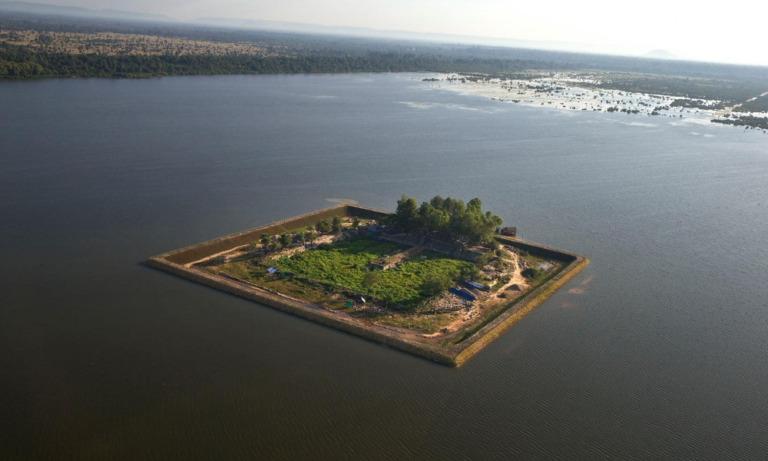
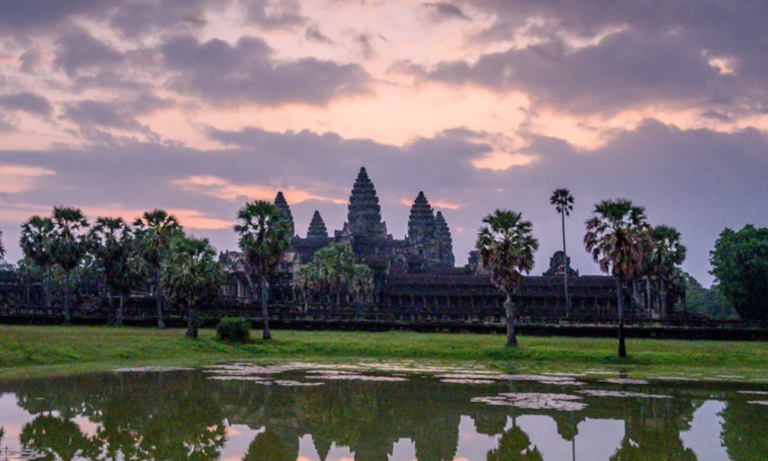
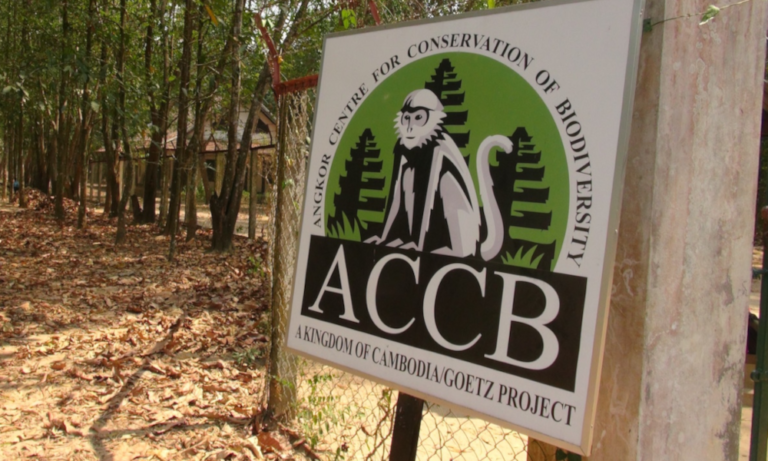

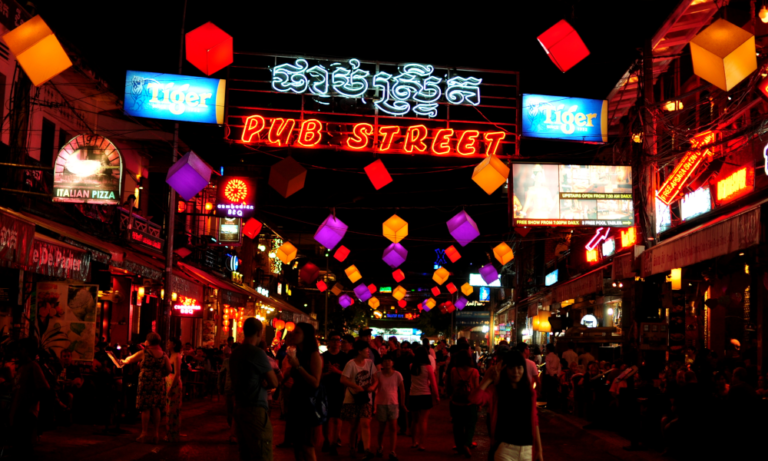
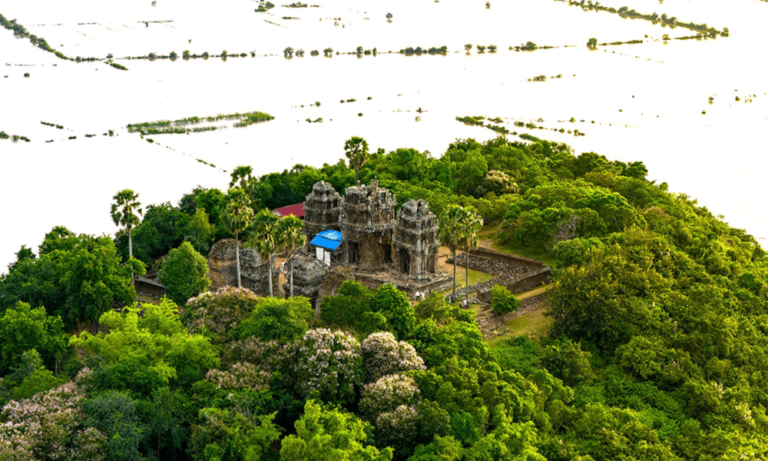
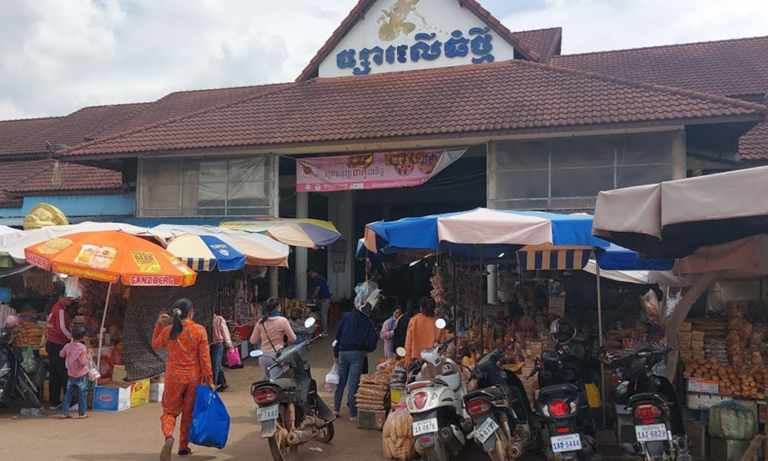
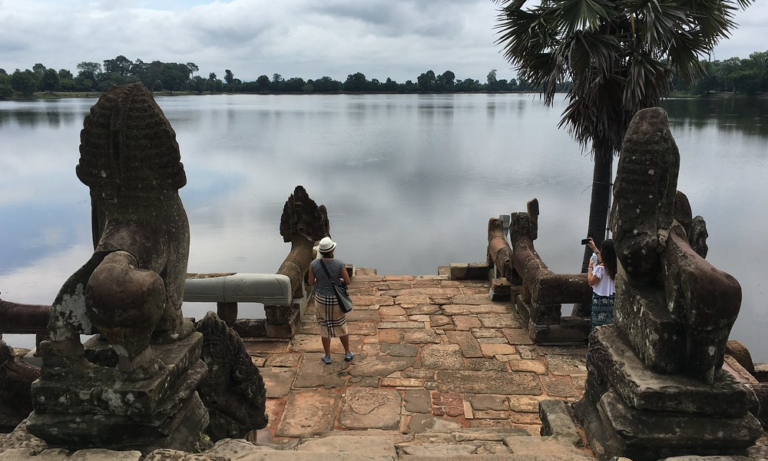
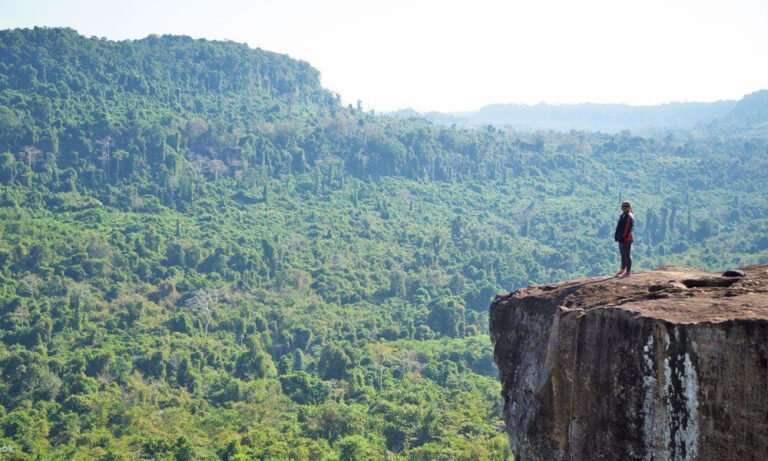

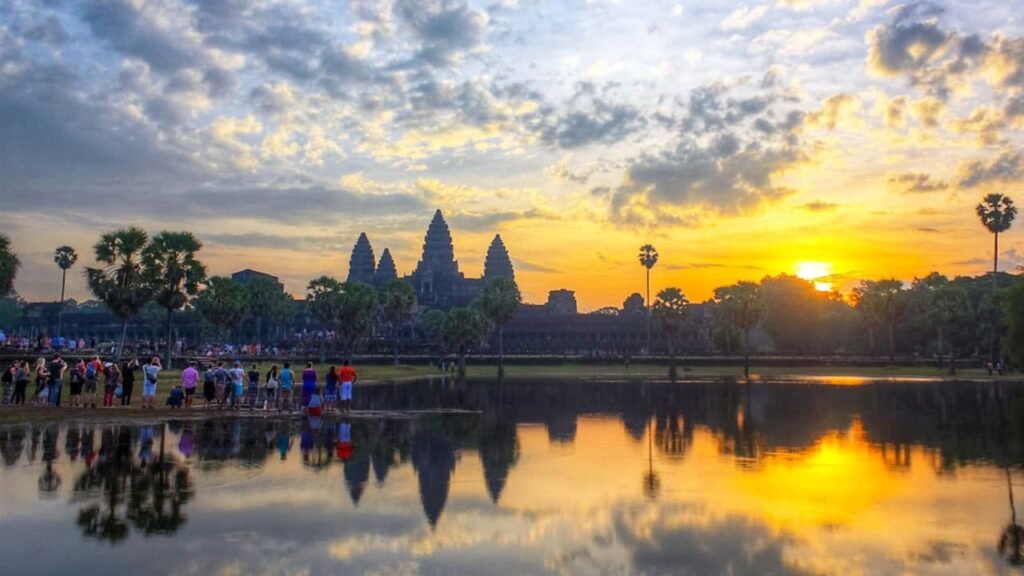
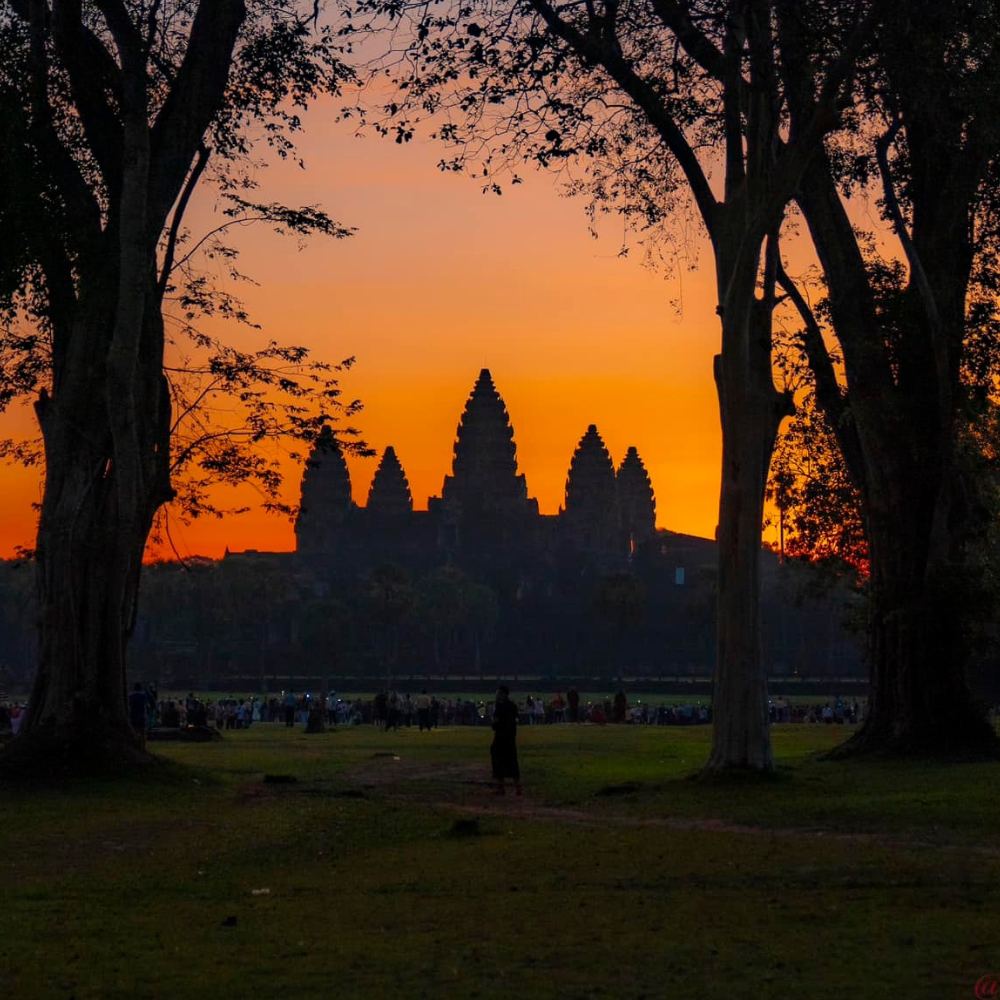
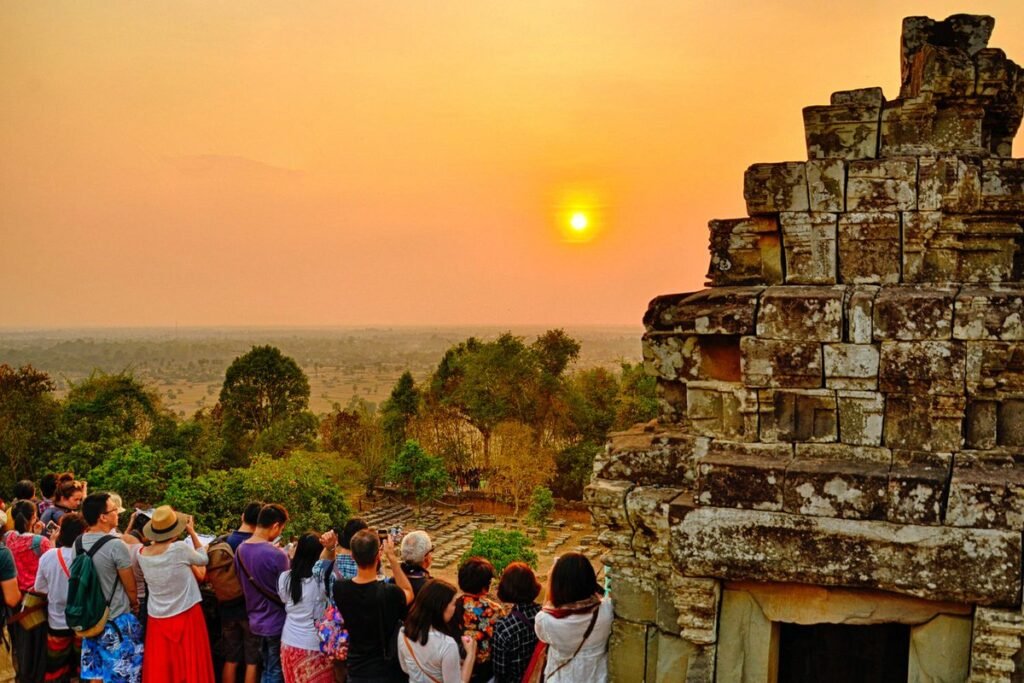

There are no reviews yet.